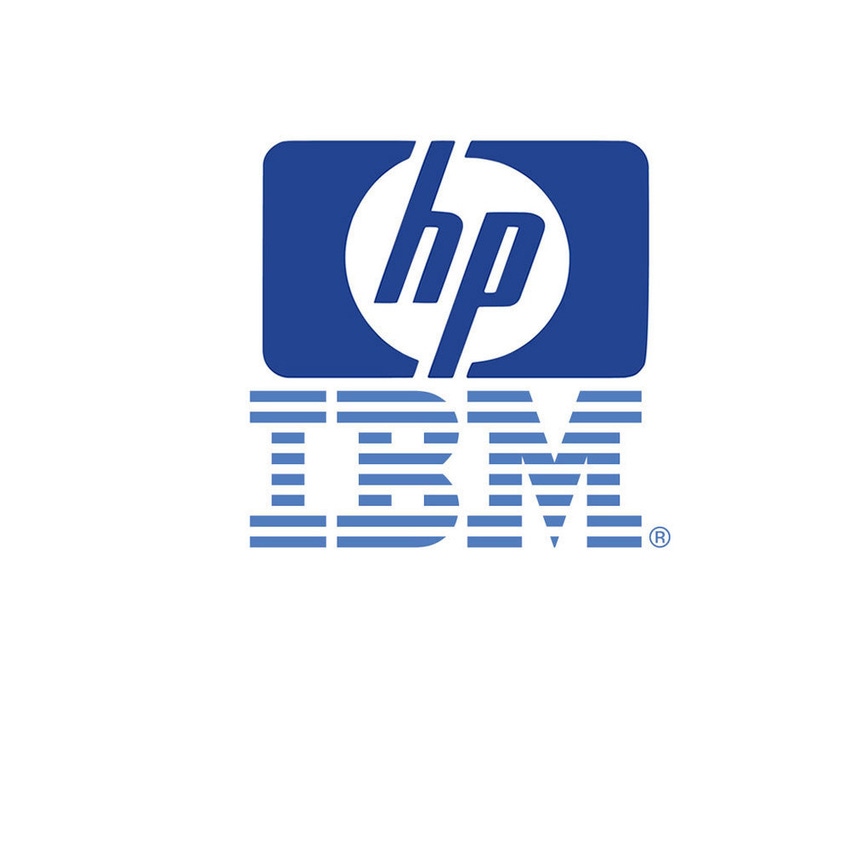Both IBM and Hewlett-Packard announced they are joining the ranks of PaaS providers that can now run Microsoft.NET applications on top of an implementation of the Cloud Foundry PaaS environment.

When it comes to moving workloads to the cloud one of the most coveted and hotly contested areas of focus will be all the application built using the Microsoft.NET framework.
At the Cloud Foundry Summit this week, both IBM and Hewlett-Packard announced they are joining the ranks of platform-as-a-service (PaaS) providers that can now run Microsoft.NET applications on top of an implementation of the Cloud Foundry PaaS environment.
In the case of IBM, like most providers of a PaaS environment that means making use of open source software from the Mono project, now available in preview mode, to provide a layer of emulation software that enable the run-time engine of a Microsoft.NET application to be executed on top of a Cloud Foundry PaaS environment.
HP, on the other hand, has taken adding Microsoft.NET support to Cloud Foundry to a whole other level. Version 1.2 of the HP Helion Development Platform makes use of Droplet Execution Agents (DEA) to enable Windows.NET applications to run natively on Cloud Foundry. In addition to making this capability on the Helion implementation of the Cloud Foundry PaaS provided by HP, Manav Mishra, senior director of product for HP Helion, says HP is also giving the DEA code it developed to make this happen to the open source community. In theory at least, that means other providers of PaaS platforms based on Cloud Foundry, which now includes Microsoft, will one day soon also be able to run Microsoft.NET applications natively on top of Cloud Foundry.
To take that concept even further, HP also announced it has integrated its Microsoft.Net run time engine with Microsoft Visual Studio and developed a connector with Microsoft SQL servers databases deployed on the HP Helion cloud platform.
Whether that makes Mono emulation software within Cloud Foundry PaaS environments a dead end remains to be seen. But as a general rule, anything that runs natively performs a lot better than anything that depends on an emulation layer of software.
Thus far, IBM claims to have the largest deployment of Cloud Foundry in the world. IBM also cited this week a report released by the market research firm Enterprise Strategy Group (ESG) that funds that the Bluemix platform on which IBM developed its Cloud Foundry PaaS implementation is gaining traction faster than any other Cloud Foundry platform. ESG reports that Bluemix adoption is growing at a rate 10 times faster on average than the other leading vendors in the PaaS market – gaining two percentage points of penetration per month. On average, Damion Heredia, vice president of cloud platform services product nanagement for IBM, said IBM is adding about 8,000 users a week to the Bluemix platform.
Meanwhile, The Cloud Foundry Foundation itself reported this week that the total contributor-base has expanded to over 2,100 developers and the activities of the open source community now span 185 discrete modular projects.
Of course, Cloud Foundry is not the only PaaS environment where Microsoft.Net code can run. Microsoft has been pushing developers of Microsoft.NET applications to host their applications on Microsoft Azure for several years now. But it’s also hedged its bets by announcing earlier this month that Cloud Foundry PaaS environments will be deployed on Microsoft Azure in recognition of the fact that most IT organizations would prefer to deploy one PaaS environment that can support multiple programming languages.
Obviously, Microsoft.NET applications only represent one code base that cloud service providers are trying to entice developers to move into the cloud. But given the huge installed base of Microsoft.NET applications out there the winner of this particular battle is likely to enjoy a substantial competitive edge for years to come.
About the Author(s)
You May Also Like


